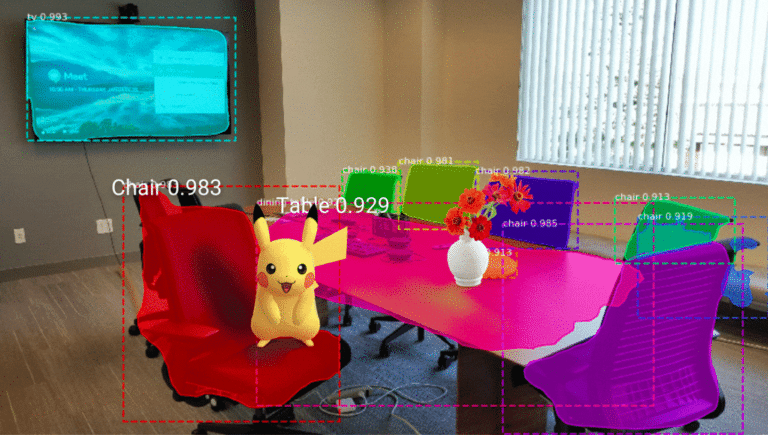
This post is adapted from ARtillery Intelligence’s report, Lessons From AR Revenue Leaders, Part II: Niantic. It includes some of its data and takeaways. More can be previewed here and subscribe for the full report.
A lot can be learned from consumer AR’s early leaders. What are they doing right? How are they engaging users? And how are they making money? These are key questions in AR’s early stages, as there’s no standardized playbook and lots of experimentation underway.
This exercise includes pinpointing fitting AR use cases, as well as more granular strategies around user experience (UX). What types of AR interactions resonate with consumers? And what best practices are being standardized for experience and interface design?
Equally important is the question of AR monetization and revenue models. Just as user experience is being refined, questions over what consumers will and won’t pay for are likewise being discovered. In-app-purchases is the prevailing model, inherited from mobile gaming.
Niantic is one company leading the way with all of the above. It has built a real revenue-generating business around in-app-purchases in Pokemon Go. Moreover, the Real World Platform that powers the game could be the company’s long-term play as an “AR as a Service” powerhouse.
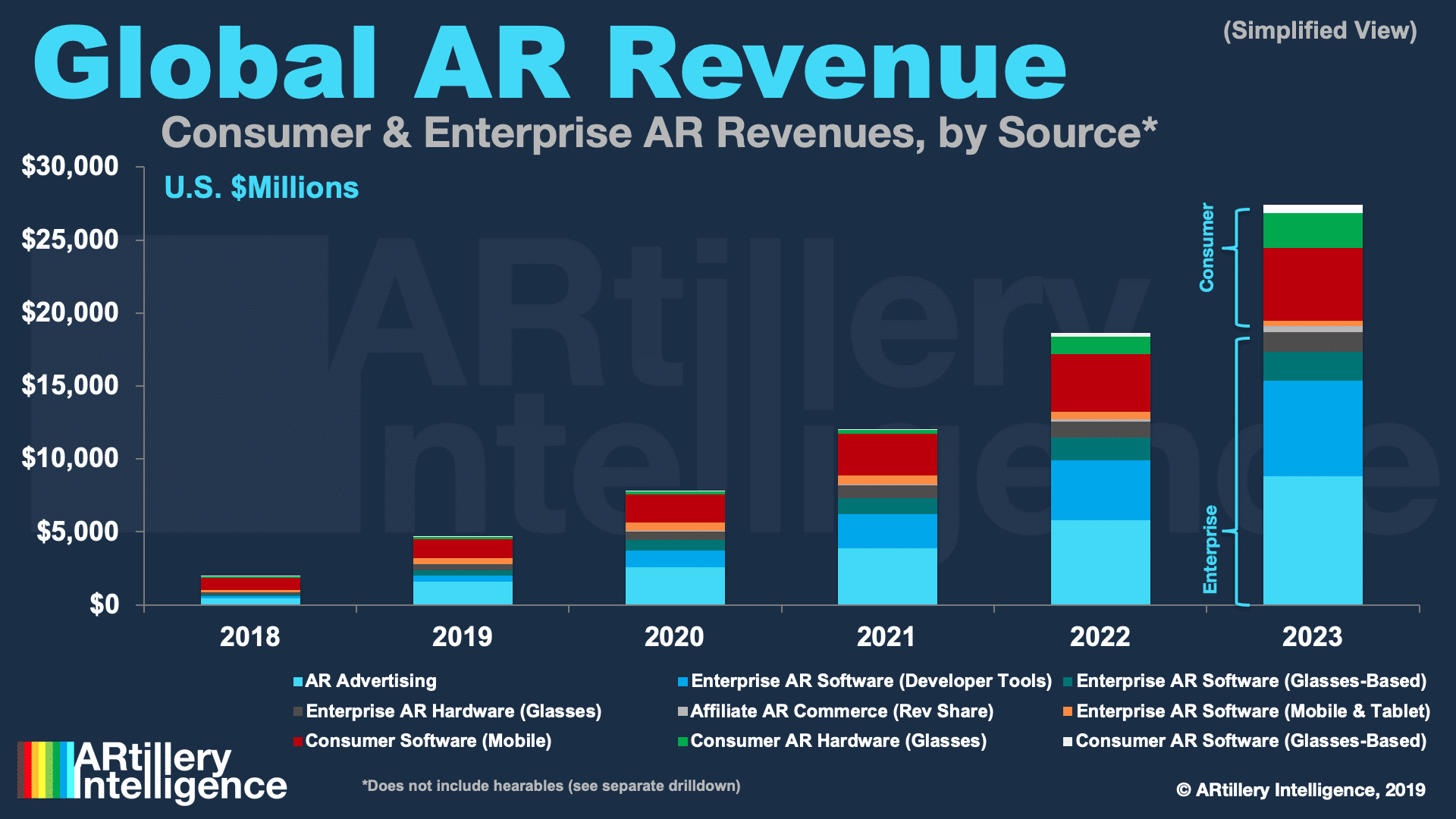
Pokémon Go-ing Strong
AR is a “thing” in mainstream consciousness due largely to Pokémon Go. It’s derived more than $3 billion in revenue cumulatively and had its best annual revenue performance to date in 2019. Thought the tech press has moved on to other things, the game continues to thrive.
Just like we said for Snapchat in Part I of this report series, this success makes it a credible source of transferrable lessons. And in that way, Niantic is doing the AR sector a favor through large-scale experimentation on AR experience design and user sentiments.
There are therefore valuable lessons, replicable tactics and best practices for anyone paying attention. Given AR’s nascence and lack of benchmarks, data like this can be valuable in vetting product models, which is the central goal of this three-part report series.
But before diving into those learnings and best practices, we should address the Snorlax in the room. There’s an ongoing industry debate over whether or not Pokémon Go – and its associated revenues – should technically be considered “AR.” That’s where we’ll start the discussion.
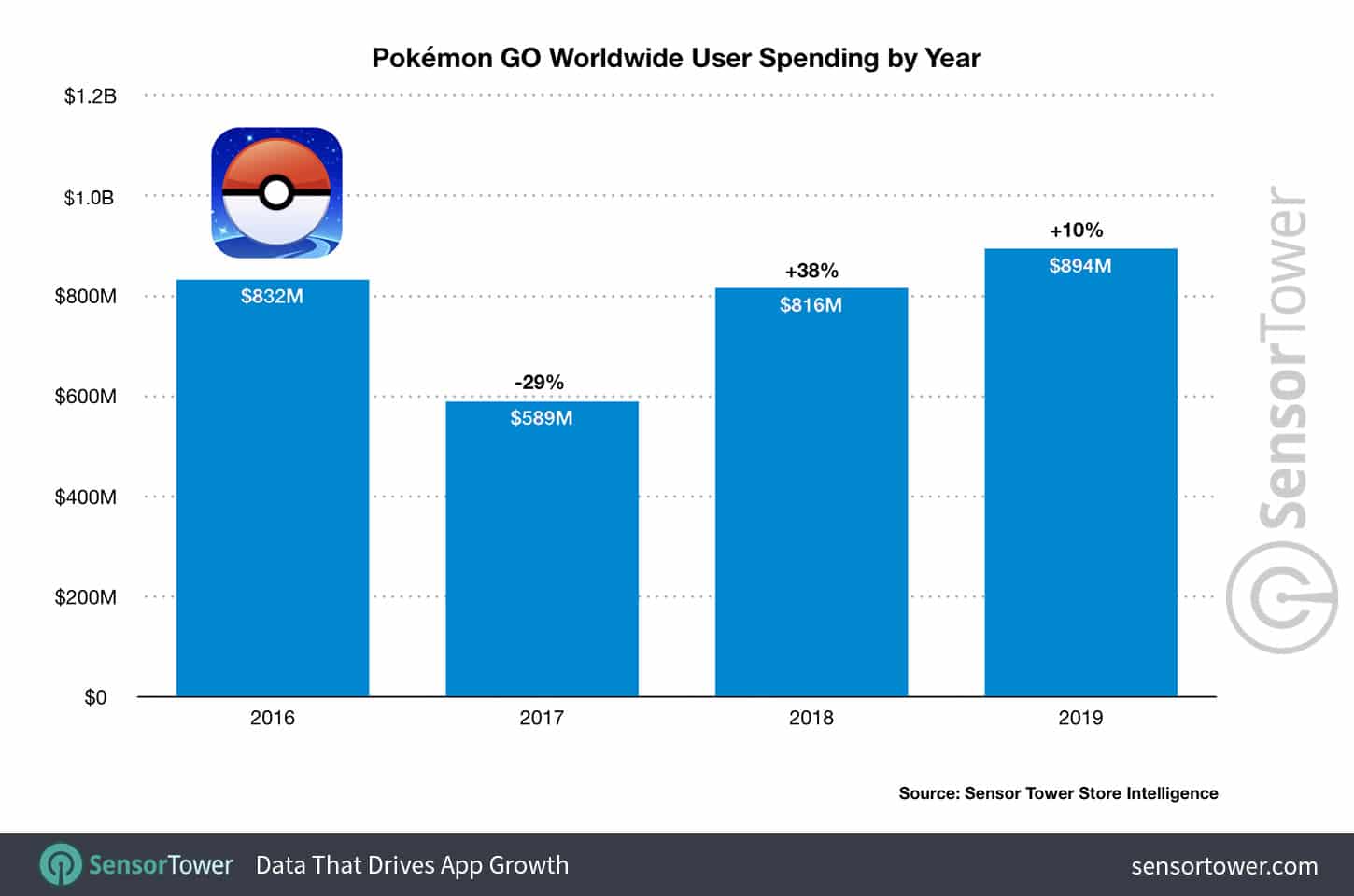
AR or Not: Settling the Debate
Arguments against Pokémon Go’s AR designation include graphical overlays that lack advanced AR traits like scene awareness and object occlusion. Rather than interacting with the real world, graphics are more like floating stickers. In fairness, the game’s AR+ Mode addresses these issues.
Another argument against Pokémon Go’s AR status is that most players turn off AR Mode when playing. This is mostly because AR can make gameplay harder. The requisite camera activation can also drain smartphone batteries, which isn’t conducive to the game’s migratory play.
For those unfamiliar, AR Mode in Pokémon Go activates the user’s camera so that encountered Pokémon appear overlaid on real-world scenes. When AR Mode is off, the camera is likewise off so the backdrop within gameplay is animated, and can vary based on situational factors.
Niantic is first to admit AR’s current shortcomings. CTO Phil Keslin has said publicly that most players turn off AR Mode. They rather use AR to occasionally pose with and share photos of captured Pokémon. CEO John Hanke likewise said at GDC 2019 that AR Mode is limited.
“AR in and of itself is not a magic bullet for a hit game. There are some real drawbacks to it,” he said, adding that average interaction time for AR Mode is two-to-three minutes per game session. In fact, he admits that the majority of the gameplay should and does take place outside of AR.
The 2-3-minute sweet spot makes sense given physical realities: AR is a snack (VR is a meal). Not only is there arm strain, but cultural and practical factors preclude holding up a camera while walking around. And focus can be distracted in dangerous ways in high-traffic areas.
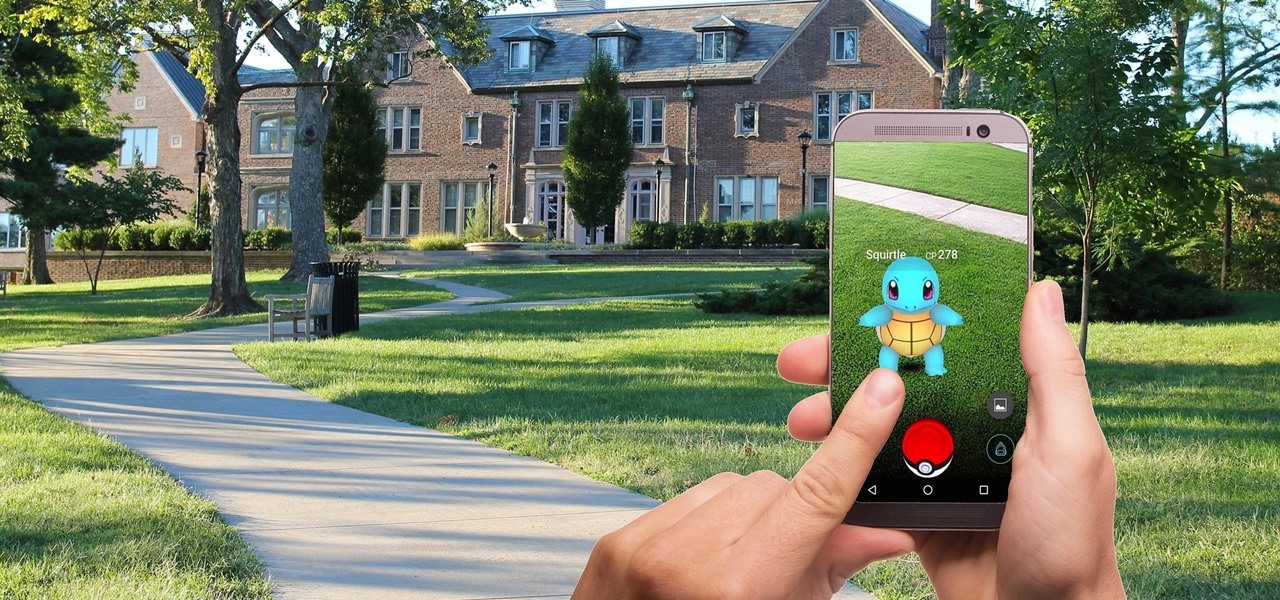
Devil’s Advocate
Countering some of these points is a compelling set of arguments for an official AR designation. For example, Pokémon Go “augments” physical world realities in a broader sense. In other words, gameplay is dynamically altered based on where you are — a sort of geographic augmentation.
“Around parks, there are more grass Pokémon,” said Niantic’s AR product lead Ross Finman in a recent interview with Infinite Retina. “We’re near water here in the [San Francisco] Ferry Building, and there are more water Pokémon. So it already changes based on location.”
This takes the debate from pixel-level — where Pokémon Go might not be AR — to an experiential level, where it is. Instead of overlaying digital elements on the physical world, physical world variables like geography augment gameplay. Digital and physical are melded.
Niantic is working on ways to make this more contextually nuanced. The location-based dynamics currently happen on a city block-by-block basis, but Finman projects forward to the goal of having situationally-relevant game interactions on more granular levels. This includes things like terrain.
“What happens when you get even more specific and fine-tuned to the area?” he posed. “There could be experiences on sidewalks versus grass, versus a flower bed, versus a small pond. As you get more fine-grained, the complexity increases… AI can help us get to the next level.”
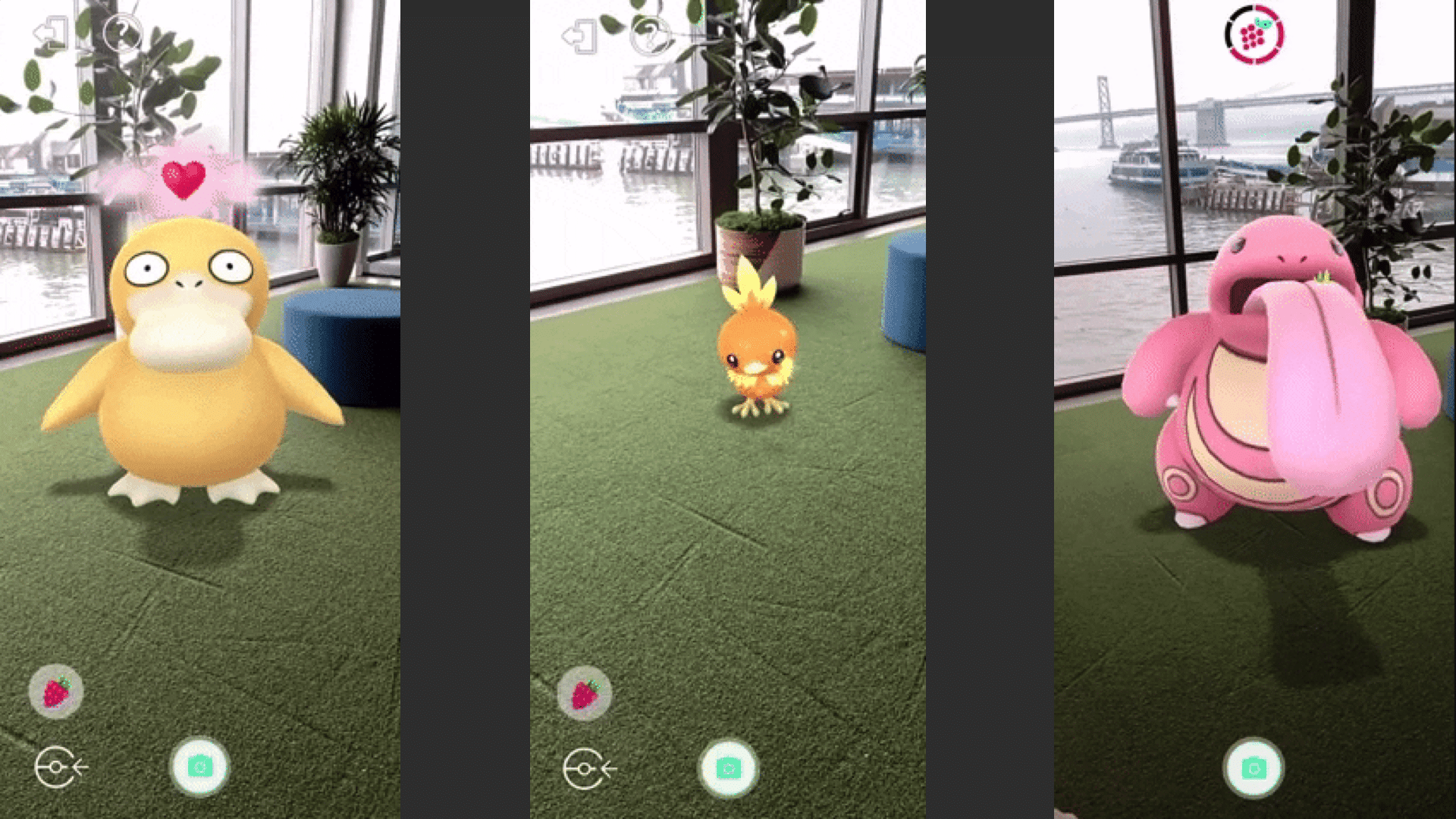
Judgment Call
So is Pokémon Go AR? It depends if your definition lies with technical/graphical-AR, or on broader and more experiential levels. There are decent arguments on both sides. But ultimately, history will remember PGO’s impact on spatial computing… and categorizations won’t matter.
“I think one of the craziest debates of the past year was whether Pokémon Go was AR or not,” Intel’s Chris Croteau said from the stage at the AR in Action conference in 2017 – a dated but relevant comment. “The [750 million] people that downloaded that app…none of them care.”
A similar theme emerged more recently in a discussion ARtillery Intelligence had with Happy Giant CEO Mike Levine. He compares Pokémon Go to Elvis: He didn’t embody the Rock & Roll we’d come to know, but he warmed audiences up to an early version of it, thus paving the way.
Meanwhile, we side with Finman. The “experiential AR” view aligns with our construct of broadening the definition of augmentation beyond its common connotations. For example, “audio AR” augments daily physical-world interactions with sound, as we examined in a recent report.
We’ll pause there and circle back next week to continue the discussion of how Pokémon Go is leading the way with AR revenues. Meanwhile, check out the full report here.





